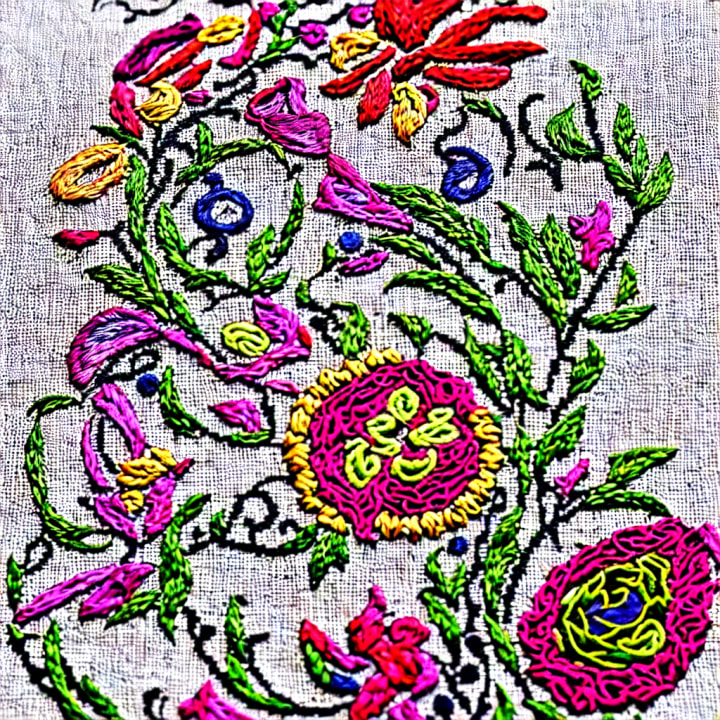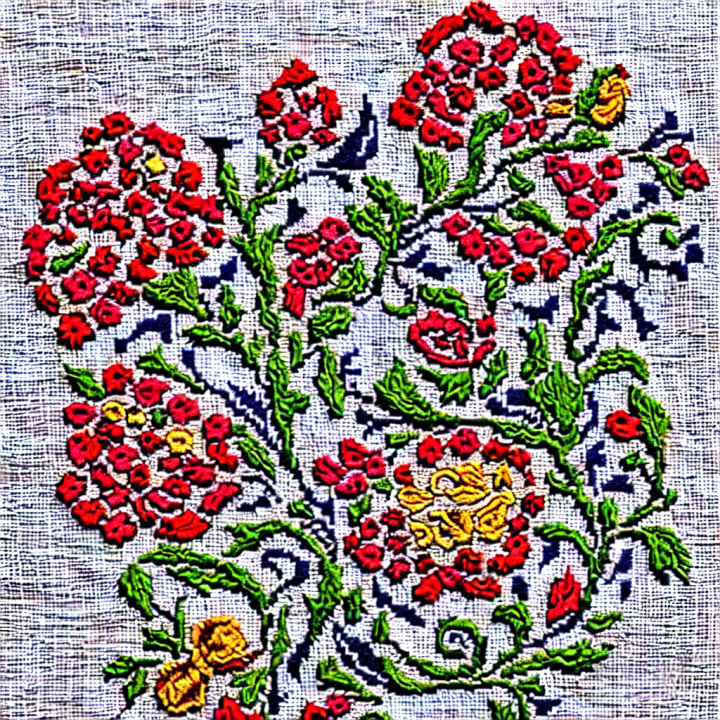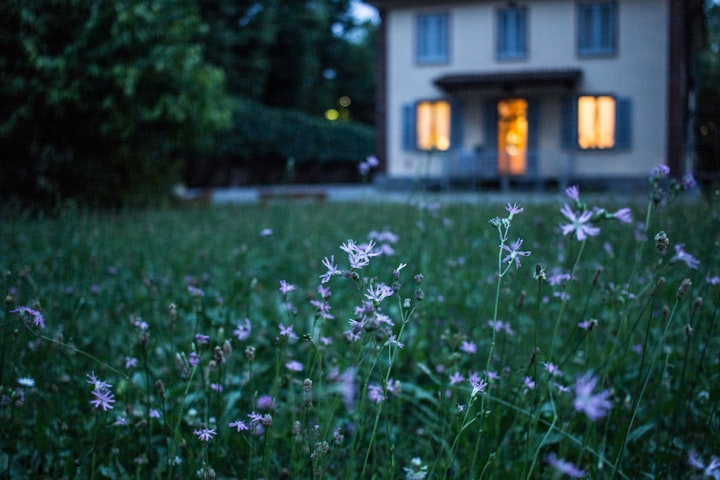Exploring the Art of Embroidery
Patterns and Projects to Brighten Your World

“The beauty of embroidery is not just in the stitching, but in the story that it tells.” – Jennifer Lippert
For centuries, embroidery has been a valued art form, from Asia to Europe and now, all over the world. Each nation has its own unique, intricate stitches and designs that make up the traditional embroidery styles of that region. With simple yet beautiful patterns and projects, it’s not hard to see why embroidery has become such a popular hobby and form of art among home sewers of all ages and experiences.
In this post, we’re going to take a closer look at what embroidery has to offer, from the classic stitches to the unique and creative projects that can add some beautiful touches to any home. We’ll also review the supplies you’ll need and how to start your own projects. Let’s get started!
A Brief History of Embroidery
Embroidery has been around for centuries, originating in ancient China and Japan. Its name comes from the Latin “embroidere,” which means “to add a thread onto fabric.” Embroidery isn’t limited to one particular style or region, which is why the art form has a variety of stitches and designs to choose from. Over the centuries, different cultures have adopted and adapted embroidery styles, developing their own unique techniques and threads. In Europe, embroidery was especially popular during the Middle Ages, where many exquisite pieces were commissioned by royalty and the wealthy

Types of Embroidery
As previously mentioned, there is a wide array of embroidery techniques and styles each region has to offer. Some of the most common types of embroidery include counted cross-stitch, applique, cutwork, crewelwork and canvaswork. Counted cross-stitch is the most popular and renowned embroidery technique, where small Xs are sewn onto fabric in rows to create a desired pattern. Applique involves adding pieces of material onto a surface for decoration, while cutwork is a technique that involves cutting out fabric and filling the cut-outs with stitches. Last but not least, crewelwork and canvaswork are two advanced embroidery techniques that involve freehand embroidery or painting on fabric.
Supplies Needed

If you’d like to get started with embroidery, there are a few basic supplies you’ll need:
- Needles: Embroidery needles come in a variety of sizes and types to suit different stitches and techniques.
- Thread: Expect to use more than one type of thread, as some embroidery stitches may require a thicker or finer thread.
- Embroidery Hoop: An embroidery hoop helps to keep fabric taut to make sewing easier.
- Fabric: As with thread, the type of fabric you use will depend on the type of stitch you plan to use.
- Scissors: A small pair of scissors is essential for trimming thread, as well as for cutting fabric for appliqué or canvaswork.
Getting Started with Projects
Once your supplies are ready, you’re ready to get started on your first project. Counted cross-stitch is a great place to start, as it’s much easier than other types of stitches. You can find pre-made patterns and kits online, or you can create your own design. With appliqué, try creating a cushion cover or wall hanging with different fabrics and patterns. If you’re looking for a challenge, try cutting out a design for a cutwork piece, or free-hand some stitches for crewelwork and canvaswork.
“Embroidery breathes life into a blank canvas.” – Jan Willem Aukema
Embroidery Projects You Can Make at Home
When it comes to embroidery projects, the possibilities are endless. Here are a few ideas to get you started:
- Tea Towels: Embroider your favorite tea towels with designs of your choice, or monograms of initials.
- Pillowcases: Embroidery can add a beautiful and personal touch to plain pillowcases.
- Cross-stitch pictures: Create a custom design by counting cross-stitch onto a piece of fabric.
- Embellished T-shirts: Add a unique touch to plain t-shirts with embroidery or appliqué.
- Bags: Embroider a tote bag or drawstring bag and use it as a gift bag or reusable bag.

Conclusion
Embroidery has become a popular art form, with a variety of techniques and stitches to choose from. Whether you’re just starting out or have been stitching for years, there is something for everyone to explore and create. From appliqué to cutwork and canvaswork, the possibilities are almost endless when it comes to creating beautiful pieces of art.
Now that you know the basics of embroidery, all you need is to get started! Gather your supplies, pick a project, and get stitching. With the right supplies and some patience, let your creativity take over and see where it leads you. Embroidery is only limited by your own imagination and resources. So, don’t be afraid to be creative and explore new ideas. Who knows, you might just end up creating something amazing.
“Embroidery is an ancient art that connects the maker to history.” – Laura Bishop
,,,
embroidery, art, patterns, projects, stitches, supplies, cross-stitch, applique, cutwork, crewelwork, canvaswork, needle, thread, embroidery hoop, fabric, scissors, history, culture, pastime, maker, color, texture, soul.
About the Creator
Mohammad Hammash
Web search lover🔍 & bookworm📚. Passionate about innovation💡, creativity🎨. Seeking new ideas & perspectives🌉. Making positive impact using tech🌍 humanity💕






Comments
There are no comments for this story
Be the first to respond and start the conversation.